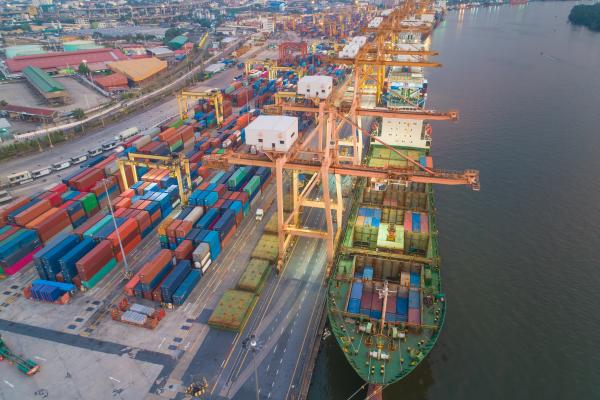Overview
According to the EU’s waste hierarchy, landfilling is the least preferable option and should be limited to the necessary minimum.
In 2018, 24% of all municipal waste generated in the EU was landfilled. This can have dangerous effects on human health and on the environment. The generation of leachate can contaminate groundwater and methane is produced, which is a potent greenhouse gas. In addition, where recyclable waste is landfilled, materials are unnecessarily lost from Europe’s economy.
Background
The Landfill Directive sets out strict operational requirements for landfill sites with the objective to protect both human health and the environment.
To support the EU’s transition to the circular economy, the Landfill Directive also
- introduces restrictions on landfilling of all waste that is suitable for recycling or other material or energy recovery from 2030
- limits the share of municipal waste landfilled to 10% by 2035
- introduces rules on calculating the attainment of municipal waste targets and requires EU countries to put in place an effective quality control and traceability system for municipal waste landfilled
- requires the European Commission, with the European Environment Agency, to draw up early warning reports 3 years before each deadline to identify shortcomings in attaining the targets and recommending action to be taken
- allows EU countries to use economic instruments and other measures to encourage applying the waste hierarchy
Landfills are divided into
- landfills for hazardous waste
- landfills for non-hazardous waste
- landfills for inert waste
The Directive sets specific operational requirements such as permitting, waste acceptance, technical requirements in the operational and after-care phases and reporting
- EU countries must implement national strategies to progressively reduce the amount of biodegradable waste sent to landfills
- landfill facilities may not accept used tyres or waste which is liquid, flammable, explosive or corrosive, or from hospitals and medical and veterinary practices
- only waste that has been treated may be landfilled
- national authorities must ensure that the price operators charge for disposing of waste covers all the costs involved from opening to final closure of the site
Objectives
The Landfill Directive aims to protect both human health and the environment. In particular, it aims to prevent, or reduce as much as possible, any negative impact from landfill on surface water, groundwater, soil, air and human health. It does this by introducing rigorous operational and technical requirements.
Law
Implementation
EU countries must send reports on the implementation of the Landfill Directive to the European Commission every three years. These must be based on a specific questionnaire.
In 2018, a review on the implementation of EU waste legislation (including waste sent to landfill) was published.
The EU’s guidance on landfill gas control is non-binding and aims to
- help competent authorities improve methane collection through the enforcement of the Landfill Directive requirements
- provide clarity on landfill gas control requirements within the context of the technical and regulatory requirements of the landfill directive
- set out the most important criteria in ensuring effective collection, treatment and use of landfill gas
Evaluation
By 31 December 2024, the Commission shall review the 2035 10% target with a view to
- maintaining or, if appropriate, reducing it
- considering quantitative target per capita on landfilling
- introducing restrictions to the landfilling of non-hazardous waste other than municipal waste
- 5 July 2020Directive (EU) 2018/850 amending the Landfill Directive enters into force
- 16 July 1999Landfill Directive enters into force
Publications
- Commission report on national strategies for reducing biodegradable waste going to landfills and annex
- Follow-up study on the implementation of the Landfill Directive
- Awareness-raising events on the implementation of the Landfill Directive (2007)
- Awareness-raising events on the implementation of the Landfill Directive (2008)
- Study on the implementation of the Landfill Directive and Annexes
- Assessing legal compliance with and implementation of the waste acceptance criteria and procedures and Annexes
- Assessing legal compliance with and implementation of the waste acceptance criteria and procedures and Annexes
- Study on waste management options and climate change and Executive summary
- Study on Economic Valuation of Environment Externalities from Landfill Disposal and Incineration of Waste and Annex
Related links
Main law: Landfill Directive
Entry into force: 16 July 1999
Related topics: Chemicals Circular economy Industrial emissions Waste and recycling
Related strategies: Circular economy action plan European industrial strategy EU Methane Strategy
Related Commission priorities: European Green Deal

